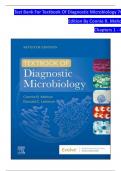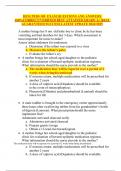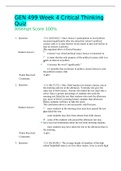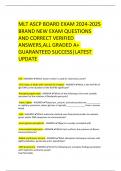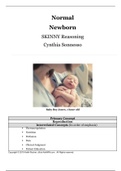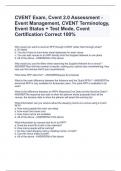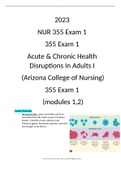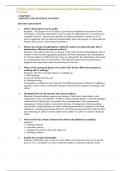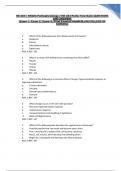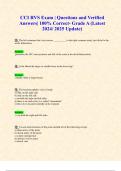Exam (elaborations)
TEST BANK For Textbook Of Diagnostic Microbiology, 7th Edition By Connie R. Mahon, Verified Chapters 1 - 41, Complete Newest Version
TEST BANK For Textbook Of Diagnostic Microbiology, 7th Edition By Connie R. Mahon, Verified Chapters 1 - 41, Complete Newest Version Textbook Of Diagnostic Microbiology, 7th Edition TEST BANK By Connie R. Mahon, Verified Chapters 1 - 41, Complete Newest Version Textbook Of Diagnostic Microbiology, ...
[Show more]
